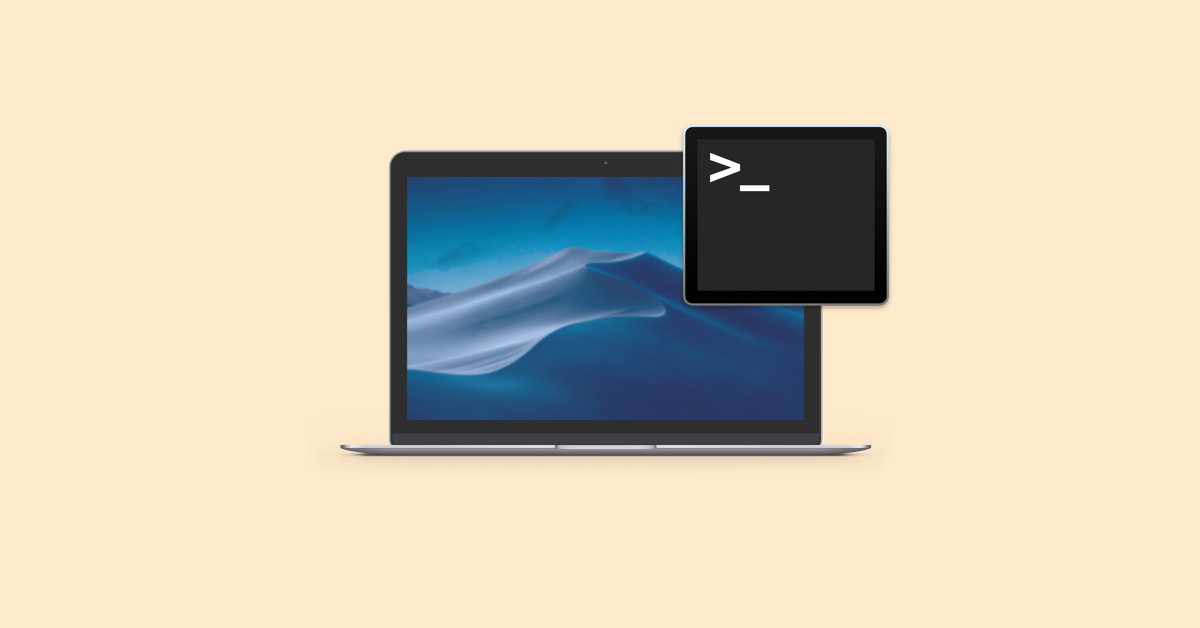
Print to the console the last command typed Print to the console the last command typed that starts with ‘value’ Interactively search through previously typed commandsĮxecute the last command typed that starts with ‘value’ Shows the stuff typed – add a number to limit the last n items

Run command A and then pass the result to command B e.g ps auxwww | grep google Run command A and then B, regardless of success of A Opens a file ( as if you double clicked it )ĭisplays active processes. Run command with the security privileges of the superuser (Super User DO) Long listing with Human readable file sizes Swap the last two words before the cursorĬut one word backwards using none alphabetic characters as delimiters Swap the last two characters before the cursor Puts whatever you are running into a suspended background process. Also clears everything on current lineĮxit the current shell when no process is running, or send EOF to a the running process Paste whatever was cut by the last cut command Netbeans being one exceptionĬut everything backwards to beginning of lineĬut one word backwards using white space as delimiter This also works for most text input fields system wide. Go to the end of the line you are currently typing on. Go to the beginning of the line you are currently typing on. Letters are shown capitalized for readability only. Since the translation rely on volunteers, the content between the available languages may vary.

With a permission of 5, you can execute the file but not write to it.This cheatsheet is available in many languages. With a permission of 7, you can write to the file and execute it. What 755 does is to give permissions of 7 to you, 5 to your user group, and 5 to everyone else.

So for example, if your batch file is named batchfile, one way to change its permissions is to right-click on it, click on “Show Info”, and then change the permissions under “Permissions” to show 755. In Windows, that’s all that you need to do, but for the Mac, you’ll need to make sure that you edit your batch file’s permissions so it is executable. txt extension preferably, but that really doesn’t matter…it just looks more right that way). What you need to do is to put all the commands you want into a plain text document, and save it with a name (without the. Mac OSX is unix-based, so I could use the unix equivalent (which is called a script too). I was facing the same situation in Mac OSX when I realised that I didn’t know how to create a batch file in Mac OSX. With a batch file, you save all the commands into one file, and just run the batch file, instead of your gazillion commands individually. I use batch files sometimes when I was using Windows because it saves a lot of time when you need to run a batch of commands frequently.


 0 kommentar(er)
0 kommentar(er)
